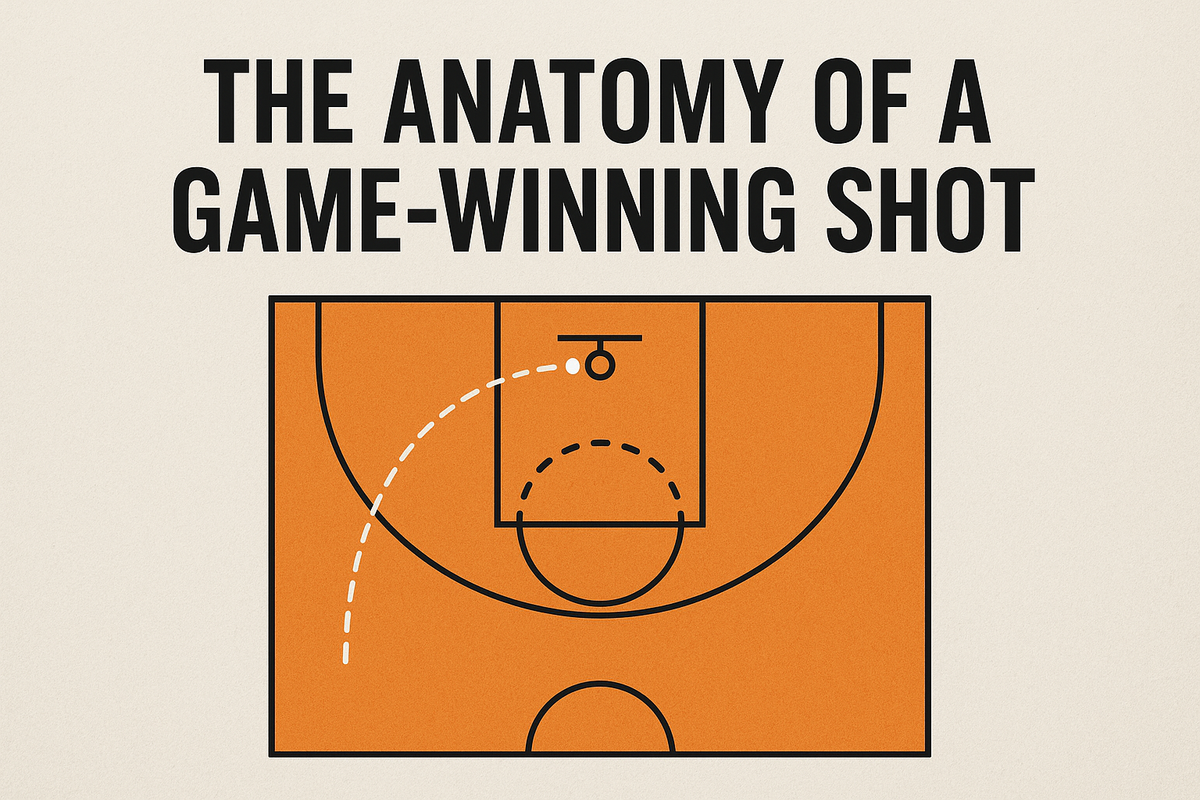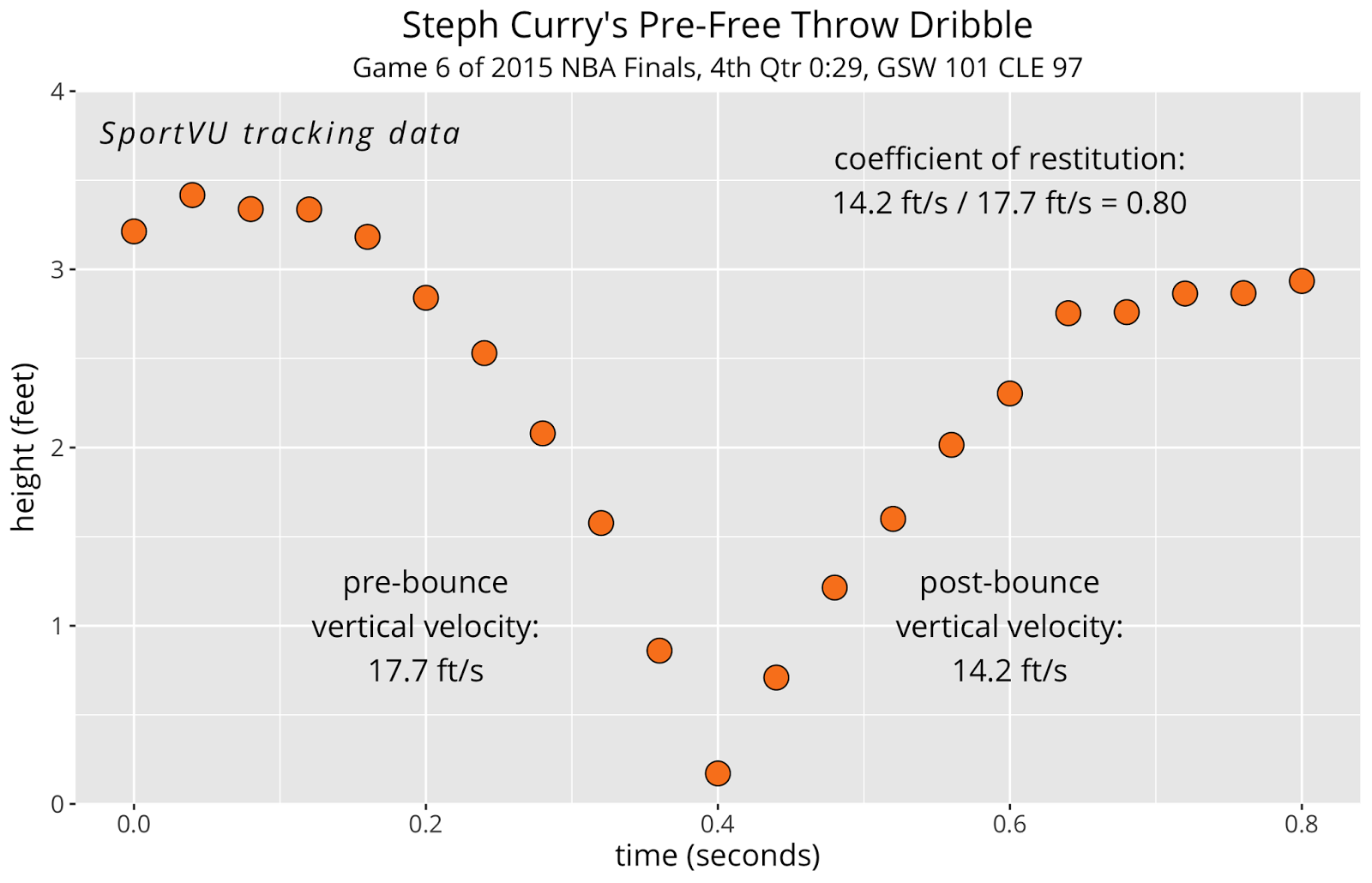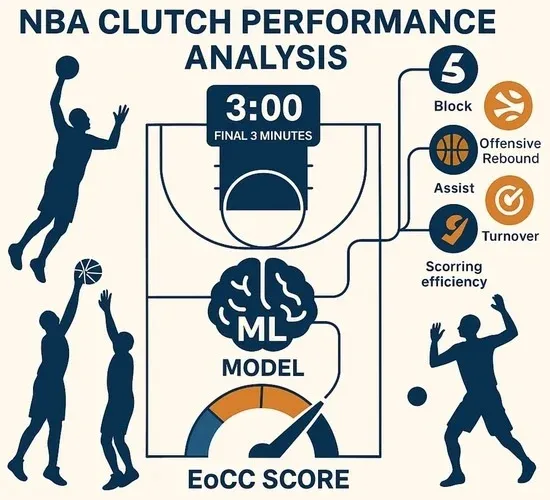Anatomy of a Game-Winning Shot: Inside Sports’ Most Iconic Clutch Moments
Delve into the science and psychology behind sports’ most defining moments. This deep-dive investigative report unpacks the neuroscience of clutch performances, from adrenaline surges to the mind's ability to overcome pressure.

Written by Lavanya, Intern, Allegedly The News
NEW YORK, August 25, 2025
The final moments of a game, the last possession, the final swing of the bat, the championship point. It's in these moments that legends are forged and legacies are defined. The world holds its breath, cameras zoom in, and the fate of a team rests on a single individual's shoulders. But what separates the player who rises to the occasion from the one who falters? Is it a mysterious, innate quality, the "clutch gene", or a carefully honed skill developed through years of training and mental discipline?
The Neurobiological Cascade of a Clutch Moment
When the pressure is on, an athlete's body enters a state of high alert. The sympathetic nervous system is activated, initiating the "fight-or-flight" response. The adrenal glands pump out hormones like adrenaline and cortisol. Adrenaline increases heart rate, dilates pupils, and sends a rush of blood to the muscles, preparing the body for explosive action. Cortisol, the primary stress hormone, provides a quick burst of energy by increasing glucose in the bloodstream, but prolonged exposure can have negative effects, impairing decision-making and motor control.
In a clutch situation, the difference between a great performance and a breakdown lies in an athlete's ability to manage this stress response. For a player who chokes, the stress and anxiety become overwhelming, leading to a state of hyper-arousal. This can cause muscle tension, a rapid heart rate that makes it difficult to breathe, and cognitive overload, leading to poor decision-making and a breakdown in muscle memory. The prefrontal cortex, responsible for executive functions, can be hijacked by the more primitive limbic system, which controls emotional responses.
For the clutch performer, however, the adrenaline surge is harnessed. They've trained their mind and body to see this stress not as a threat but as a challenge. They've conditioned themselves to remain in a state of optimal arousal, where they are highly focused and energized without being overwhelmed. This is where psychological techniques come into play, transforming a potentially debilitating physiological response into a tool for peak performance. The prefrontal cortex remains in control, allowing the athlete to make rational, split-second decisions despite the chaos. This is also where the concept of muscle memory comes in. By performing the same actions thousands of times in practice, the motor skills become so ingrained that they can be executed with minimal conscious thought, bypassing the cognitive fog that can accompany intense pressure.

Legendary Moments: A Closer Look at the Psychology of Success
The "clutch gene" is less about genetics and more about a mindset cultivated through years of mental training. It's the ability to silence the fear of failure and focus on the task at hand. Let's analyze some of sports' most iconic clutch performances with the data to back them up.
- Michael Jordan’s "The Shot": On May 7, 1989, with the Bulls trailing the Cleveland Cavaliers by a single point in Game 5 of the first round, Jordan hit a game-winning buzzer-beater over Craig Ehlo. He finished the game with 44 points, but it was his composure in the final seconds that defined the moment. Jordan's profound self-efficacy, his belief in his own ability to succeed, was the foundation of his performance. He had a track record of success in these moments, and he used that mental database to block out the pressure and execute. The play's success was not an accident; it was the culmination of his psychological fortitude and perfected muscle memory.
- Tom Brady’s Super Bowl LI Comeback: On February 5, 2017, the New England Patriots were down 28-3 to the Atlanta Falcons. Tom Brady orchestrated the greatest comeback in Super Bowl history, outscoring the Falcons 31-0 from the third quarter through overtime to win 34-28. Brady completed 43 of 62 passes for a Super Bowl record 466 yards. His ability to maintain a calm and focused demeanor, even when facing a nearly insurmountable deficit, is a masterclass in emotional regulation. He demonstrated an unshakeable belief in his team and himself, breaking down the seemingly impossible task into a series of manageable plays.
- Serena Williams’s Unflappable Dominance: In her career, Serena Williams has faced numerous high-pressure moments, including winning 23 Grand Slam singles titles. Her ability to execute powerful serves and groundstrokes on match point is legendary. This isn't luck; it's a profound ability to block out the high-stakes environment and revert to the muscle memory of her training. She often talks about "playing her game" and "staying in the moment," which are both hallmarks of a mindful approach to competition.
- M.S. Dhoni's 2011 Cricket World Cup Final: On April 2, 2011, with India chasing 275, Dhoni promoted himself up the batting order. Under immense pressure, he scored an unbeaten 91 runs off just 79 balls, guiding India to victory with a majestic six that sealed the title. His unshakeable calm, which earned him the nickname "Captain Cool," is a testament to his ability to regulate his emotions and maintain a clear-headed approach, even in the most chaotic circumstances.
- Usain Bolt’s 2008 Beijing Olympics 100m Final: While not a typical "clutch" moment, Bolt’s record-breaking run of 9.69 seconds at the 2008 Beijing Olympics is a perfect example of peak performance under pressure. Despite a slow start, he maintained his form and pulled away from the competition, even celebrating before he crossed the finish line. This demonstrates his immense confidence and his ability to trust his body's finely tuned mechanics. Bolt's victory wasn't just about his physical speed; it was about his mental belief that he was the fastest man on the planet, and his actions confirmed it.
The Science of Mental Fortitude: Is Clutch Innate or Trained?
The debate over whether "clutch" is innate or can be developed is one of the most compelling in sports. While some athletes may be naturally more predisposed to managing stress, the overwhelming evidence from sports psychology suggests that mental fortitude is a skill that can be cultivated.
- Visualization and Mental Rehearsal: Athletes like Jordan and Williams have spoken extensively about visualizing success. By mentally rehearsing a game-winning shot or serve, they build neural pathways that make the physical action feel familiar and automatic when the real moment arrives. This practice reduces the cognitive load of decision-making under pressure, allowing them to act instinctively. This process primes the brain for success and can be used by anyone facing a performance-based task.
- Mindfulness and Box Breathing: Mindfulness practices, which focus on staying present in the moment, are crucial for silencing the distracting "chatter" of the mind. A simple yet effective technique is box breathing, used by Navy SEALs and athletes alike. It involves inhaling for four seconds, holding for four, exhaling for four, and holding for four. This rhythmic breathing directly counteracts the stress response, lowering heart rate and promoting a state of calm. This technique helps to regulate the nervous system, preventing the "fight-or-flight" response from spiraling out of control.
- Flow State: Also known as "being in the zone," the flow state is a psychological state of deep immersion and effortless action. During flow, an athlete's prefrontal cortex, responsible for self-conscious thought, becomes less active, allowing actions to become intuitive and automatic. Achieving a flow state is a key component of clutch performance, as it allows the athlete to perform with heightened focus and no mental blocks. The goal of mental training is to create the conditions that make it possible for an athlete to enter this state on command.

The Future of Clutch: Analytics and AI
In modern sports, the "clutch" narrative is no longer solely a matter of myth and gut feeling. Advanced sports analytics and wearables are providing new insights. Wearable technology tracks heart rate variability, cortisol levels, and muscle fatigue, offering coaches data on how an athlete's body responds to pressure. This information can be used to tailor training programs to improve an athlete's ability to handle stress. AI-driven models can analyze a player's performance under various high-stakes scenarios, predicting who is most likely to succeed. This data-driven approach suggests that being "clutch" is not just innate talent but a skill that can be measured, trained, and optimized.
From the Court to the Cubicle
The psychology of a clutch performance isn't confined to the stadium. It applies to any high-pressure situation in everyday life. The student facing a final exam, the CEO giving a high-stakes presentation, or the artist performing in front of a live audience all experience the same physiological and psychological stress. The techniques used by elite athletes - visualization, mindfulness, and focusing on the process rather than the outcome- are powerful tools for navigating these moments and performing at your best. The next time you feel the pressure, remember the lessons from the world's most clutch athletes: it’s not about eliminating stress, but about harnessing it to perform when it matters most.
Beyond the Game: Call to Action Questions
- How can educational and business institutions integrate mindfulness and stress-management techniques to improve performance in high-stakes environments?
- In what ways can the data and analytics used in professional sports be applied to other fields, such as medicine or finance, to predict and improve performance under pressure?
Sources
StatMuse, Wikipedia, BCCI, The Times of India, and World Athletics.




